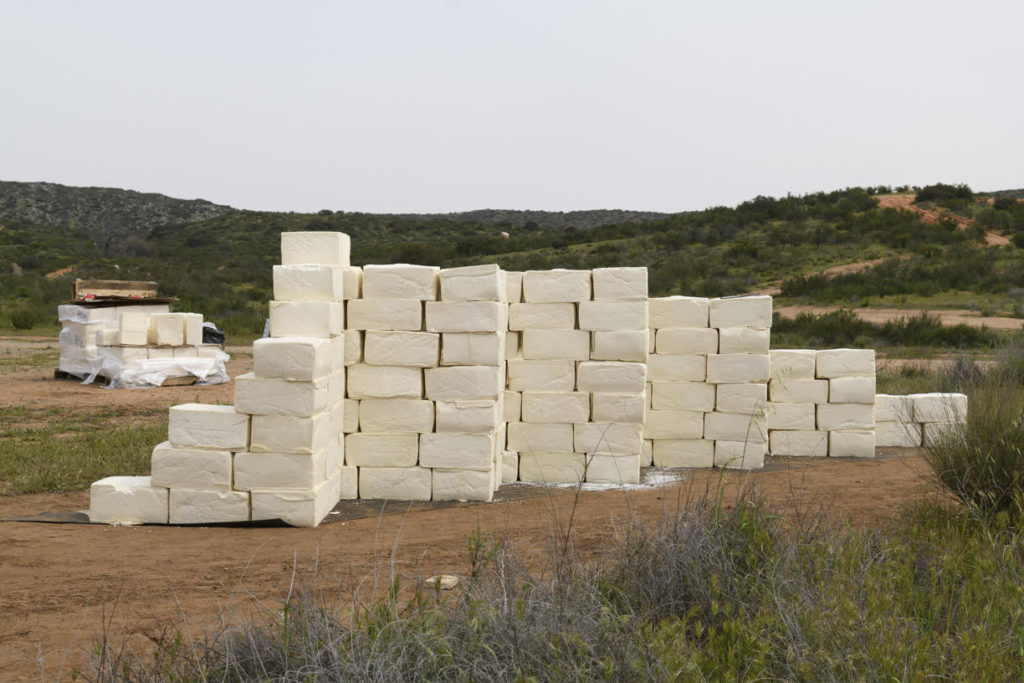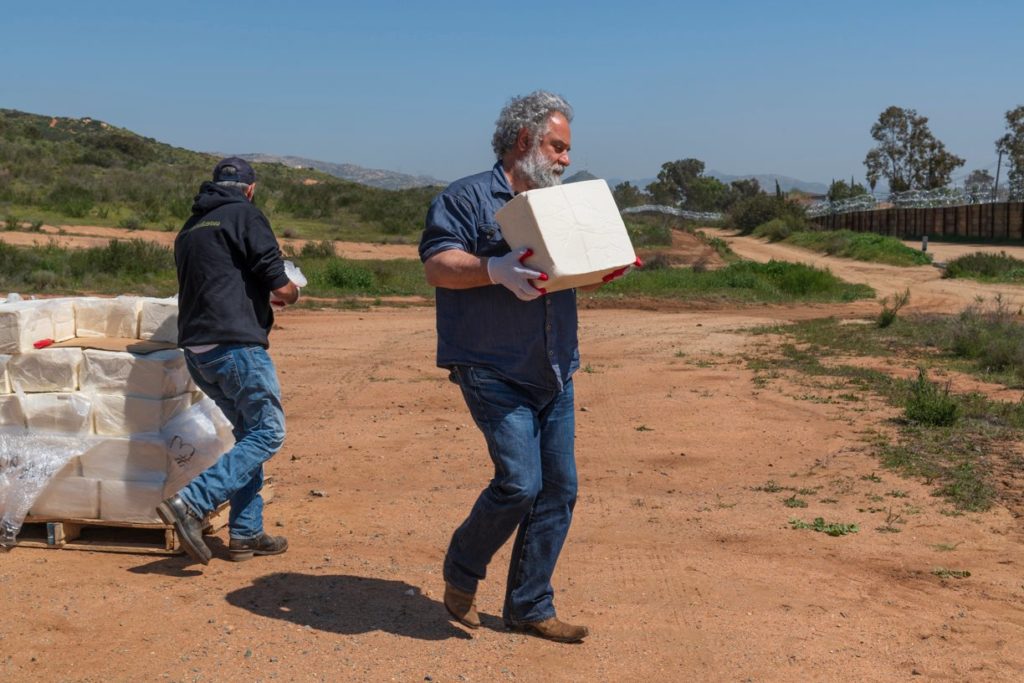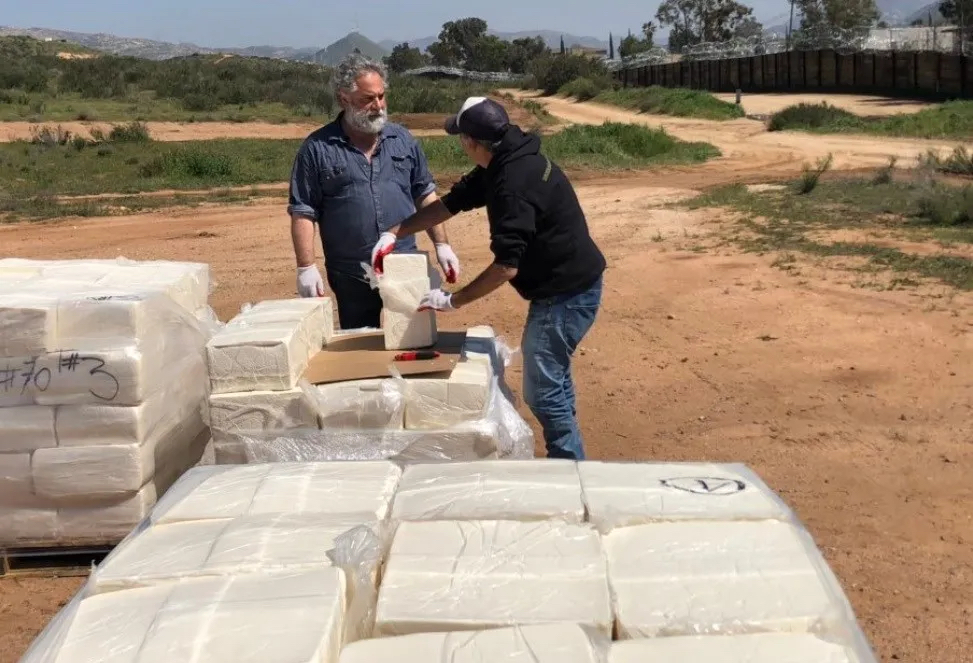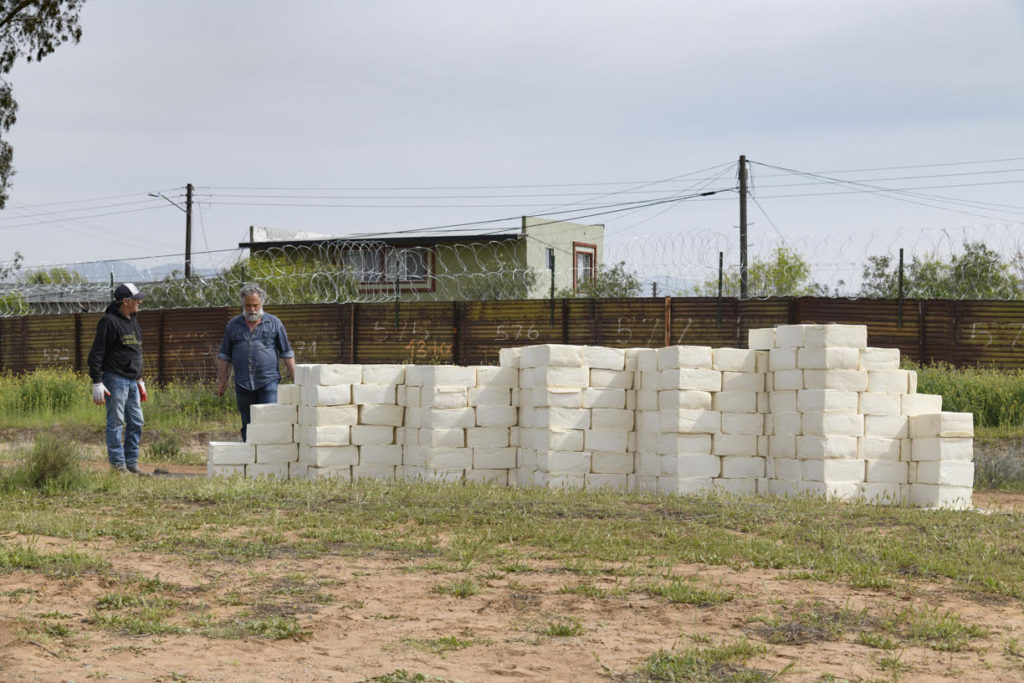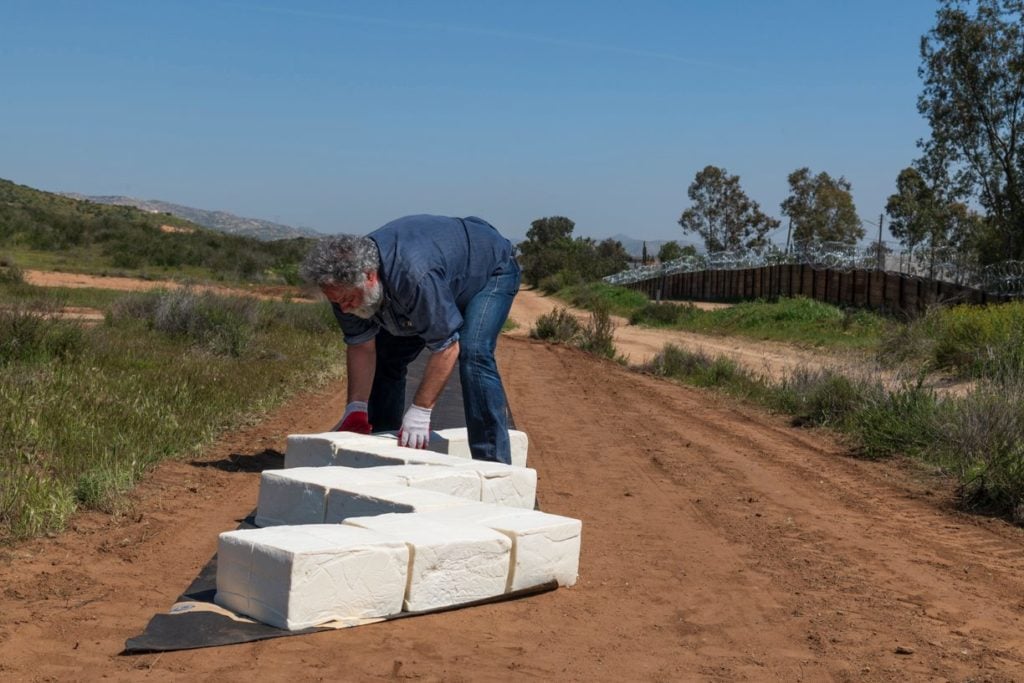After watching her body — once her only resource — "give out," she new she had to make a bold move.
In our long-running series "How I'm Making It," we talk to people making a living in the fashion and beauty industries about how they broke in and found success.
Last January, the multibrand women's activewear retailer, which also operates an in-house line, made headlines after Footlocker made a $15 million investment for a minority stake in the company (largely in the hopes of gaining insight into the women's activewear space). Its total funding to date is $40 million and sales have doubled each year for the past several years according to the company. With Footlocker's help, Carbon38's founder and CEO hopes that it too, could be come a multi-billion-dollar company.
Former ballerina, Broadway dancer, Wall Street analyst and fitness instructor Katie Warner Johnson started the company in Los Ange les 2013 alongside Caroline Gogolak, who has since left to head up retail at SoulCycle. Even after launching, Carbon38 went through several iterations before it became what it is today. Beyond functioning as an online retailer (with two physical stores — one in Bridgehampton and one in Pacific Palisades), Carbon38 also acts somewhat as an incubator, often helping the small brands it sells with production.
The company also invests heavily in content creation, having operated an in-house photo studio from day one. "That was what got everyone excited to work with us, is they saw that we could put them on a map in a way that they couldn't themselves," says Warner. Recently, it's been engaging the fashion community through buzzy collaborations with the likes of Jonathan Simkhai, Carly Cushnie and Adam Selman.
When we meet at Carbon38's brand-new headquarters in Culver City — with amenities like kombucha on tap, floor-to-ceiling windows, multiple terraces with 360-degree views of LA and customized conference rooms named after gym components (pool, steam room, etc.), it is clear that Johnson hasn't forgotten her humble, and very different, beginnings, but also possesses a palpable dri ve to take her business to the next level. She's also passionate about lifting up other women in the process — whether that's stocking female-owned brands (which make up 75 percent of Carbon38's offering), helping her customers feel comfortable and confident in and out of the gym with a functional wardrobe, or assembling a roster of brand ambassadors, many of whom are fitness instructors just like she was when she became "obsessed with this customer."
Read on for our interview to learn how Johnson went from watching her body "give out" to becoming an entrepreneur; how she nabbed that $15 million investment from Footlocker; what she thinks is next for the activewear market, and more.
I started off as a ballet dancer, and I essentially grew up in Spandex. The leotard is the ultimate form of performance fashion. It's a very small piece of fabric that has to wick sweat, and it has to have beautiful lines, it has to move with your body, but ballet is an aesthetic art form. You have to look effortless and beautiful and well complemented and so this very small piece of fabric has to do a lot of things. I, at an early age, used to have my leotards made in New York, and I was very particular about how they were made.
Starting at a very early age— and maybe it's because I spent so much time in front of a mirror — I just kind of knew how I wanted things to fit. I remember, I had a key outfit that made me feel like 'Roman Holiday' [I wore] to and from rehearsal.
I went to college after an injury kind of sidetracked my career. I did a bunch of national tours of [Broadway] shows, took a job on Wall Street, found out pretty quickly that wasn't the place for me. I deferred my full-time offer to continue dancing in New York, and then that's where fitness kind of entered the scene. While I was dancing in New York to bridge the gap between a banker salary, pre-financial crisis, and a Broadway equity contract salary, I took up teaching fitness.
Then 2008 hit, and these women who were in my class... a lot of them lost their jobs in the financial crisis. But they flooded my class. It was such an interesting thing where first I learned that fitness was recession-resistant, and I thought, this is a good industry to be in.
A lot of these women had to start over in their careers and became entrepreneurs and founded businesses, and moved to new firms, and went from banking into private equity, and had to be creative, and I just fell in love with what felt like this new woman. Essentially that hour of sweating, you're actually training to be a leader.
So when did you really start thinking about starting your own business?
I had moved out to LA and I thought I would be dancing out here, and teaching fitness, and my body started to give out.
I was 27 years old. I had only ever used my body — it was my only kind of resource — and that really took the rug out from under me. It was scary. I was in a Tiffany-blue studio apartment with a Murphy bed and a green carpet, and I'm laying there with an ice pack on my back with my bank account overdrawn, and I was li ke, 'Oh, my God. I'm so ashamed, how could I have picked such a strange course for my life?' Then I was like, 'You know what? You've got to just take life by the horns, like those women in the financial crisis, and go figure out what's next.'
I applied to business school and was rejected from all of them, and I thought that by starting a business, I would have something to write about on my application essay. That's essentially what was the first impetus.
A couple of my girlfriends, who were also kind of ready to leave their careers, and I got together, bought tickets to the Women 2.0 Startup Weekend in San Francisco. You pitch an idea, assemble a team, build a minimum viable product in 24 hours. I got up there and I pitched to this room of engineers about this amazing 'Yelp of fitness.' No one cared.
So we locked ourselves in a room and decided we would build it and pitch it, and none of us were engineers, and so we created these animated wire frames and pressed play, so that it looked like we were clicking through a demo — and we ended up winning.
[I was] like, 'This is so easy, I'm going to to do this forever.' Then we got into the whole accelerator community and we were turned away because we didn't have a technical cofounder. So we just kept iterating on ideas, and then finally, this one accelerator here in LA accepted our i dea. I think at that time we were bundling unsold inventory, and it was just really hard to make money because margins are low. And he was like, 'I don't see how you're going to make money on this, but I know my wife spends a lot of money with you. So why don't you take a step back and just study the customer again?'
We spent four months studying the customer and we launched a content platform, initially, in January 2013, where we would profile gym bags with influencers. I saw that our customers are really spending a lot of time on the activewear portion, and on top of it, we had assembled this really cool group of female-founded brands.
We were talking to them about their pain points, and there really was no distribution. They could maybe go to a mom-and-pop Pilates studio and sell a couple grand a quarter, and maybe they could get a consignment deal with an Equinox or two, but ultimately they were footing the bill and holding the inventory risk. And so, it was just really hard for these guys to scale.
So we thought, this is interesting. I've got two customers: this amazing woman who I've been training my whole life; and these brands that need help distributing. We're going to create a marketplace of sorts. We raised capital around that, and it was very helpful that Lululemon recalled 70 percent of their product offering, and then Chip Wilson had a bit of a PR mishap, and so the door was open for us.
We raised a little bit of capital, and then launched officially, Nov. 5, 2013. Thirty-five percent of our product offering is now our own brand, and we are really careful about not stepping on the toes of our vendors. We really want to support the brands and the designers that kind of helped us launched.
A look from Adam Selman Sport (ASS) x Carbon38. Photo: Courtesy of Carbon38
More
How do you typically find brands and work with them?
Initially, we kind of had to run a campaign to convince people to work with us, but it actually wasn't that hard because a lot of these guys were smaller, and what we raised capital to do was to help finance their production. And at the time, in 2013, Nordstrom and Neiman's and all those guys weren't buying activewear. So essentially, I just needed cash to be able to help finance their production, which we essentially still do today.
The word on the street was like, these guys want to help, and then furthermore, our first investment in our own company was a camera and a light kit, and photography I knew was one of my most powerful communication tools. Content creation has always been in-house, and a really important part of how we help our brand show up online because I think we've gotten really good at not only e-comm photography, but also telling a story with phot ography.
You need to really help the user understand not only the product and the details around it, but also the brand and the story behind it, and that was what got everyone excited to work with us, is they saw that we could put them on a map in a way that they couldn't themselves. In a way, we're almost like a marketing/branding agency.
With designer collaborations, how do those typically come about and what kinds of synergies do you look for?
Our first designer collab was with Jonathan Simkhai and he has such a bodycon aesthetic and uses athletic materials in a lot of his designs. It felt like there was a symbiosis that we could tap into. I really believed that what we're creating at Carbon is not just for the hour in the gy m. It's really this next generation of getting dressed. I think the brands that we're working with today are going to take the place of Alex Wang and James Perse and Vince: all those easy-to-wear brands out there. By partnering with designers, it helped legitimize us as something that you can wear beyond the gym.
What was your first big business milestone or moment where you felt like you'd succeeded?
The first day in all honesty, we went live, and I was so stressed that we went down the street, split a bottle of wine and tried to calm our nerves, and came back to four orders. Four orders from people I didn't know: They weren't my mother, I can assure you that. It was like, okay, someone cares.
I think closing our first million [in sales] was big, because at that point, I definitely couldn't go to business school. Because I'm still thinking, like, this would be so great on my essay, and then when we got a million bucks in the bank from a bunch of people that were counting on us to give them a return, I couldn't be like, oh, thanks guys, I'm out. It was like, this is real, and this has to work.
And then came that $15 million investment from Footlocker. How did that come about and how have you benefited from that partnership?
It's been actually a really cool, organic relationship. So I think it was [CEO] Dick Johnson who called me in 2014, and he was like, 'I don't really know what this is, but we've got this women's business called SIX:02 and maybe there's a partnership there, whether you can come in and run it, or whatever,' and I thought, no, I'm into my own business right now, but let's stay in touch because I think there's some interesting syne rgies.
They're huge: $8 billion-plus annual revenue, $2 billion to the bottom line. They know how to run a wonderfully profitable business across 3,600 stores, and so, I just thought, I have a very different brand. I have a very different perspective because we're digital and women's, which they're definitely more of a men's business, but they know a lot of stuff that would be helpful to me, and potentially, we could learn from each other.
When I met Lauren Peters, their CFO, we just kind of started talking. It was wonderful to have a woman sitting across the table. It's someone I wanted to swim next to and learn from.
We went out for our Series A [funding round], they asked to participate in the process, and when they put down a term sheet, it just showed the partnership that they really wanted to build with us, and it made a lot of sense, and it felt a little scary because for a company of our size and age taking on strategic [investment] can be limiting, but they made sure that it wasn't — that we are going to go out in our next round and find another partner outside of Footlocker that can help diversify thought and they're going to help us do that. We have almost a buddy system now with our company, where our executives and our team members are connecting with the matching team members on their side to help with best practices, bouncing ideas.
It allows us as a team to set our sights much higher than we ever would've. And they know how to build multiple multibillion-dollar companies and so, they're like, 'Oh, yeah. Here's the playbook.'
A look from Carbon38's private label. Photo: Courtesy of Carbon38
More
What are the biggest ways in which your role has changed as the company has grown and you've grown the team?
I've been through three phases of leadership. Phase one is you're doing everything, but more importantly as a leader, you're like the razzle-dazzle entertainer. You're telling everyone how great they're doing all the time, just trying to be this magnetic personality that people will sign up to do work [for]. They're getting paid very little, and you need them to keep coming back, and just be drinking that Kool-Aid and living the dream .
Phase two was a hard phase for me, where you suddenly have reached a bit of critical mass, where you know you've got a business that you have to scale. We have to start putting operational structure in place. We had taken on a significant amount of investment for our size; we took on $11 million in our first round, and suddenly it was like , we had to deliver and it was hard. I really had to dig in, in a way, and sort of find this ferocity in myself that I never had recognized before. Maybe I had it when I was dancing, it was kind of primal.
And now, in phase three, it's all about scaling. I feel like it's all about communication, strategy and vision, and that cannot be underestimated. Its about financial performance, knowing our numbers inside and out, knowing where our levers need to pull and making sure we're delivering, and making sure we have cash in the bank and raising capital from the right partners.
What was the most challenging part of growing your business?
It's all hard. Those three phases were hard. And just now looking back at the five years, and what was accomplished, and what we're signing ourselves up for, I know I can do it because I've been through some dark days and hard times.
There's a lot of talk of the activewear/athleisure space being too crowded — is there more market share to capture?
We're carrying pieces that support an active lifestyle that may not be worn to sweat in, but is a beautiful dress that is in wrinkle-free fabric that you can pack in a suitcase really easily, or a pair of neoprene culottes that you can wear on a red-eye and hop out the other side; you put on a pair of heels and you're ready for a business meeting. She's getting her yoga wear, she's getting her airplane wear, she's getting the stuff that she's going to wear on this vacation and make it easy.
I think that is allowing us to take on a much larger segment of the fashion market. I feel like athleisure is a dirty word because we're not doing anything leisurely when we're wearing this stuff, and we as women have to give ourselves more credit. We're not just popping on our Juicy Couture jumpsuit and going in the mall. We're killing it at life. I do think removing the leisure part is really important in this rebrand, as we go forward.
This interview has been edited and condensed for clarity.
Never miss the latest fashion industry news. Sign up for the Fashionista daily newsletter.
 Donald John TrumpTrump says wind power doesn't work because 'it only blows sometimes' Fuel standards to prevent overdependence on foreign oil are out of date Trump knocks MSNBC, CNN rankings: 'Fake News never wins!' MORE's long-proposed border wall are similarly pointless.
Donald John TrumpTrump says wind power doesn't work because 'it only blows sometimes' Fuel standards to prevent overdependence on foreign oil are out of date Trump knocks MSNBC, CNN rankings: 'Fake News never wins!' MORE's long-proposed border wall are similarly pointless.